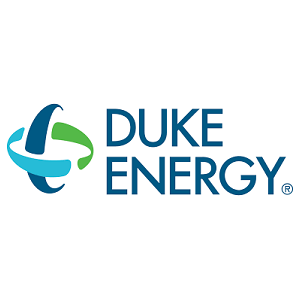- Company invites customers to sign up for random selection process for Clean Energy Connection program on April 20.
- Participants will subscribe to a share in Duke Energy Florida’s solar energy production without having to install, maintain their own equipment.
- With program enrollment, low-income customers will see guaranteed savings on their program costs every month.
PVTIME – As part of its commitment to provide clean, reliable and affordable energy, Duke Energy is inviting residential, small/medium business and income-qualified customers in Florida to register to subscribe to the company’s new community solar program – Clean Energy Connection.

Without having to install or maintain their own equipment, Duke Energy customers can sign up for a share of renewable energy produced by solar plants across Florida and in return, receive bill credits for the solar energy generated by their participation and lower their costs over time.
A random selection process will be used to provide customers with the opportunity to subscribe without the pressure of enrolling on a first-come, first-served basis. Customers will have one week from the go-live date of April 20 to register their subscription request.
“Our customers want affordable, clean energy options, and we believe larger-scale solar is the most cost-effective way to advance the benefits of solar on our entire system,” said Melissa Seixas, Duke Energy Florida state president. “We are proud to offer this innovative program that will give customers, especially those who may not have the ability to install solar at home, an opportunity to support renewable energy while seeing real benefits.”
The program directly supports the development and construction of new cost-effective, solar power plants interconnected to the Florida power grid.
How program works
Customers can subscribe to kilowatt blocks of solar power from the company’s Clean Energy Connection solar portfolio. The monthly subscription fee will help pay for the cost of construction and operation of the solar power plants and is conveniently added to a customer’s regular electric bill.
The monthly subscription fee is fixed at $8.35 per kW. A customer with average usage of 1,000 kWh/month could subscribe to approximately 5 kW to cover their full usage. Subscribers receive bill credits based on their subscription size and the amount of solar energy that is produced by the Clean Energy Connection solar facilities each month.
The program sets aside 26 megawatts (MW) for low-income customers who participate in government subsidy programs or Duke Energy’s low-income energy efficiency program, Neighborhood Energy Saver.
With program enrollment, low-income customers will see guaranteed savings on their program costs every month.
The Clean Energy Connection program is designed to utilize low-cost universal Duke Energy Florida solar facilities while delivering solar energy efficiently to and for the benefit of all our customers. It is also designed to provide participating customers with a seven-year full payback, with bill credits first exceeding subscription fees around three to five years. As long as the customer remains in the program for seven years, the annual bill credits are projected to be more than the subscription costs, creating real customer savings.
Customers who are interested in registering can learn more through the Clean Energy Connection website.
Duke Energy Florida’s commitment to solar
With a combined investment of more than $2 billion, Duke Energy Florida’s solar generation portfolio will include 25 grid-tied solar power plants which will benefit all Florida customers and will provide 1,500 MW of emission-free generation and approximately 5 million solar panels in the ground by 2024.
Additionally, Duke Energy Florida leads the state in the amount of customer-owned or leased renewable interconnections, which includes processing over 1,300 customer applications per month.
Duke Energy Florida currently has over 400 MW and more than 46,000 customers with solar generation at their home or business that are relying on the power grid.










